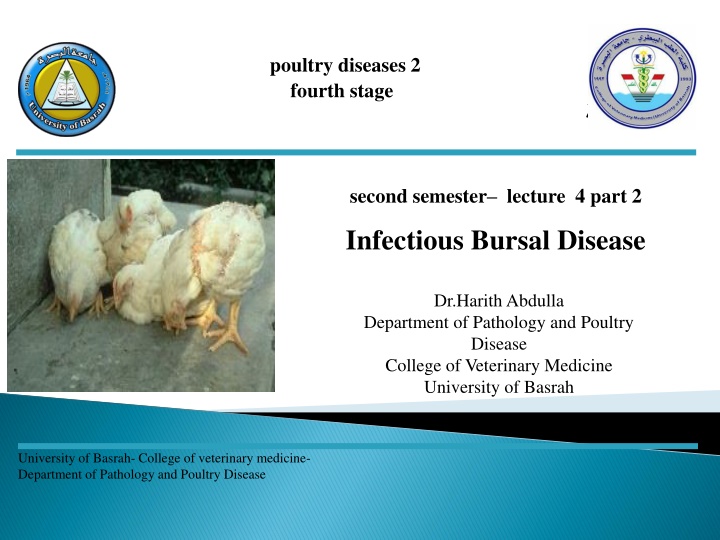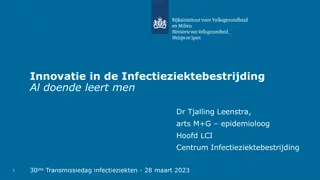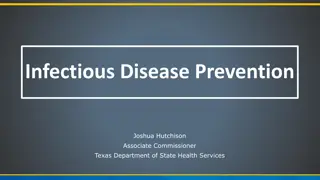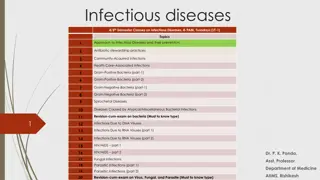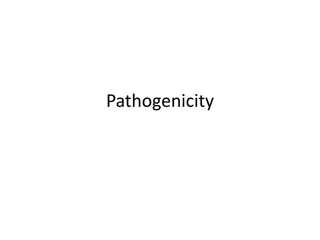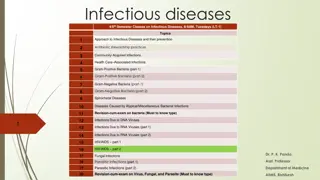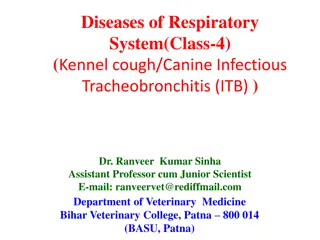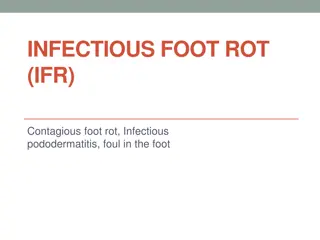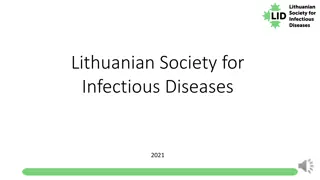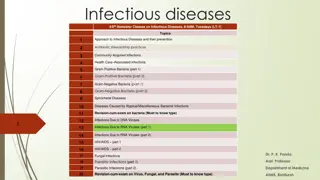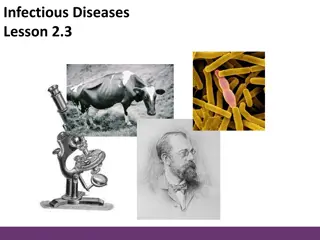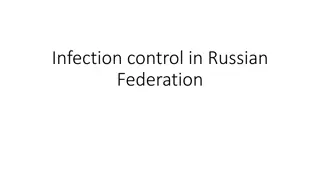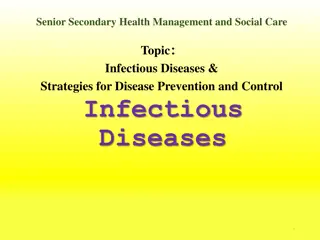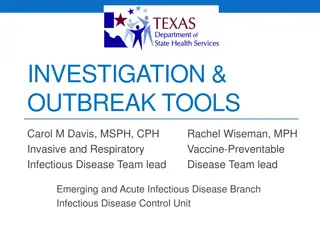Infectious Bursal Disease
Infectious Bursal Disease (IBD), also known as Gumboro disease, affects young chickens causing edema, hemorrhage, and mortality. Learn about its forms, symptoms, etiology, and prevention strategies including vaccination and sanitation practices.
Download Presentation

Please find below an Image/Link to download the presentation.
The content on the website is provided AS IS for your information and personal use only. It may not be sold, licensed, or shared on other websites without obtaining consent from the author.If you encounter any issues during the download, it is possible that the publisher has removed the file from their server.
You are allowed to download the files provided on this website for personal or commercial use, subject to the condition that they are used lawfully. All files are the property of their respective owners.
The content on the website is provided AS IS for your information and personal use only. It may not be sold, licensed, or shared on other websites without obtaining consent from the author.
E N D
Presentation Transcript
poultry diseases 2 fourth stage second semester lecture 4 part 2 Infectious Bursal Disease Dr.HarithAbdulla Department of Pathology and Poultry Disease College of Veterinary Medicine University of Basrah University of Basrah- College of veterinary medicine- Department of Pathology and Poultry Disease
Infectious Bursal Disease {IBD} ( Gumboro) There are two forms of the disease :- A. Acute form { Classic form }( Clinical form). B. Variant { Subclinical form } . A. Acute form: (Clinical form, Classic form) Highly contagious viral disease of young chickens characterized by :1. Edema and swelling of the bursa of Fabricius followed by hemorrhage. 2. Vent picking . 3.Diarrhea.4. Ataxia .5. Mortality in 3 - 6 weeks old birds . B: Variant : (Subclinical form) Infection prior to 3 weeks of age results in immunosuppression and bursal atrophy .
Etiology : Avibirnavirus : Double stranded RNA virus. Incubation period : 48 72 hours . Course of disease : 5 7 days . Mortality : Broilers 0 20 % . Layers 5 50 %. Method of spread :- 1. Contaminated feed and water . 2. Servicemen . 3. Trucks .
Signs : A- Clinical form 1. Occurs in broilers at 3 6 weeks of age . 2. Depression , ataxia and tremors . 3. Vent picking . 4. Diarrhea and dehydration. 5. Sudden onset , death of well fleshed birds . B-Variant :- In apparent infection .
Post mortem lesions: A- Classic form: 1. Enlarged edematous bursa of Fabricius followed by bursal atrophy . 2. Gelatinous film cover the exterior of the bursa . 3. Cheesy core may be found in the bursa . 4. Kidneys are swollen and filled with urates. 5. Extensive petechial hemorrhages on the surfaces of thighs and breast muscles . B- Variant : Small atrophic bursa of Fabricius.
Diagnosis : 1. Signs . 2. Gross lesions . 3. Histopathology . 4. Viral isolation . Serology ( ELISA ) . Prevention: 1. Vaccination. 2. Isolation and strict sanitation . 3. Maternal antibody.
